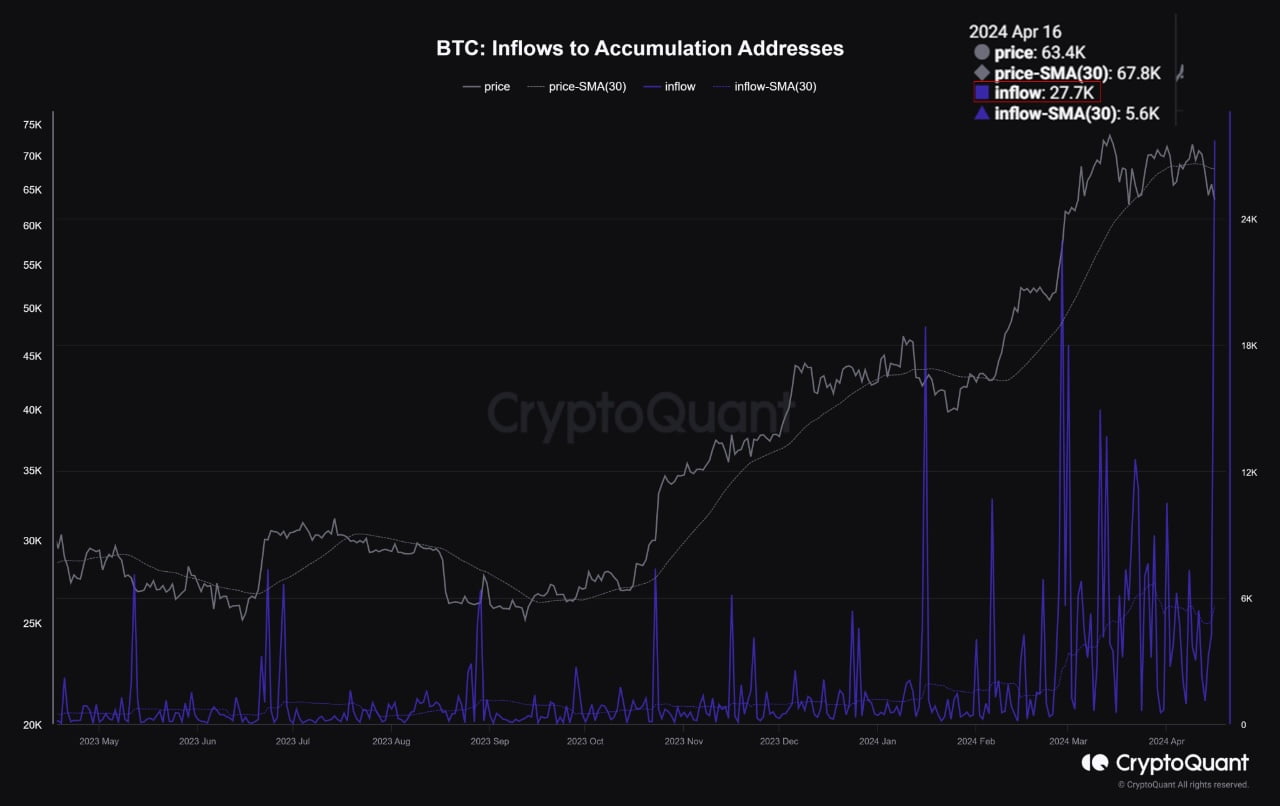Popular stablecoin projects Tether, USDT, and XAUT were launched on The Open Network. Bitcoin investors moved $1.7 billion worth of Bitcoin to long-term wallets early this week when prices fell, and the jury found Avi Eisenberg guilty of fraud following an attack on Mango Markets. Here are three key developments in the crypto market over the last 24 hours.
Tether’s Notable Move
The Tether team is strengthening its ties with Telegram’s Web3 ecosystem by launching stablecoin projects like Tether on The Open Network (TON). Tether Operations announced on April 19 that the US dollar-pegged Tether USDT stablecoin project and the gold-pegged Tether Gold (XAUT) stablecoin were launched on the TON blockchain network.
The announcement came alongside opening remarks by Tether CEO Paolo Ardoino and Telegram founder Pavel Durov at the Token2049 crypto event in Dubai. According to Ardoino, TON and Tether share a vision of an open and decentralized internet and an unlimited financial system:
“The launch of USDT and XAUT on TON will offer users a financial experience that can match those in the traditional financial system, while enabling seamless value transfer, activity, and liquidity.”
Investors Accumulate Bitcoin
As the price of cryptocurrency fell below $63,000 earlier this week, a record $1.7 billion worth of Bitcoin was moved in a single day to accumulation wallets. According to CryptoQuant data, between April 16 and 17, over 27,700 Bitcoins were moved to accumulation wallets that hold at least 10 BTC and have not had any withdrawals in the past seven years, setting a new daily record.
These data indicate that significant purchases were made around the $63,000 mark, showing that large and dedicated investors remain confident in buying and holding Bitcoin for the long term.

Verdict in Mango Markets Case
Mango Markets’ attacker, Avraham Eisenberg, was found guilty of fraud and market manipulation. The verdict was delivered on April 18 by the United States District Court for the Southern District of New York after hours of jury deliberation. Eisenberg was convicted of electronic fraud, commodity fraud, and commodity manipulation and could face up to 20 years in prison.
During the trial, Eisenberg’s legal advisor claimed he committed no crime but instead implemented a successful and legal trading strategy that earned him approximately $110 million. Following these events, he returned about $67 million.

 Türkçe
Türkçe Español
Español









